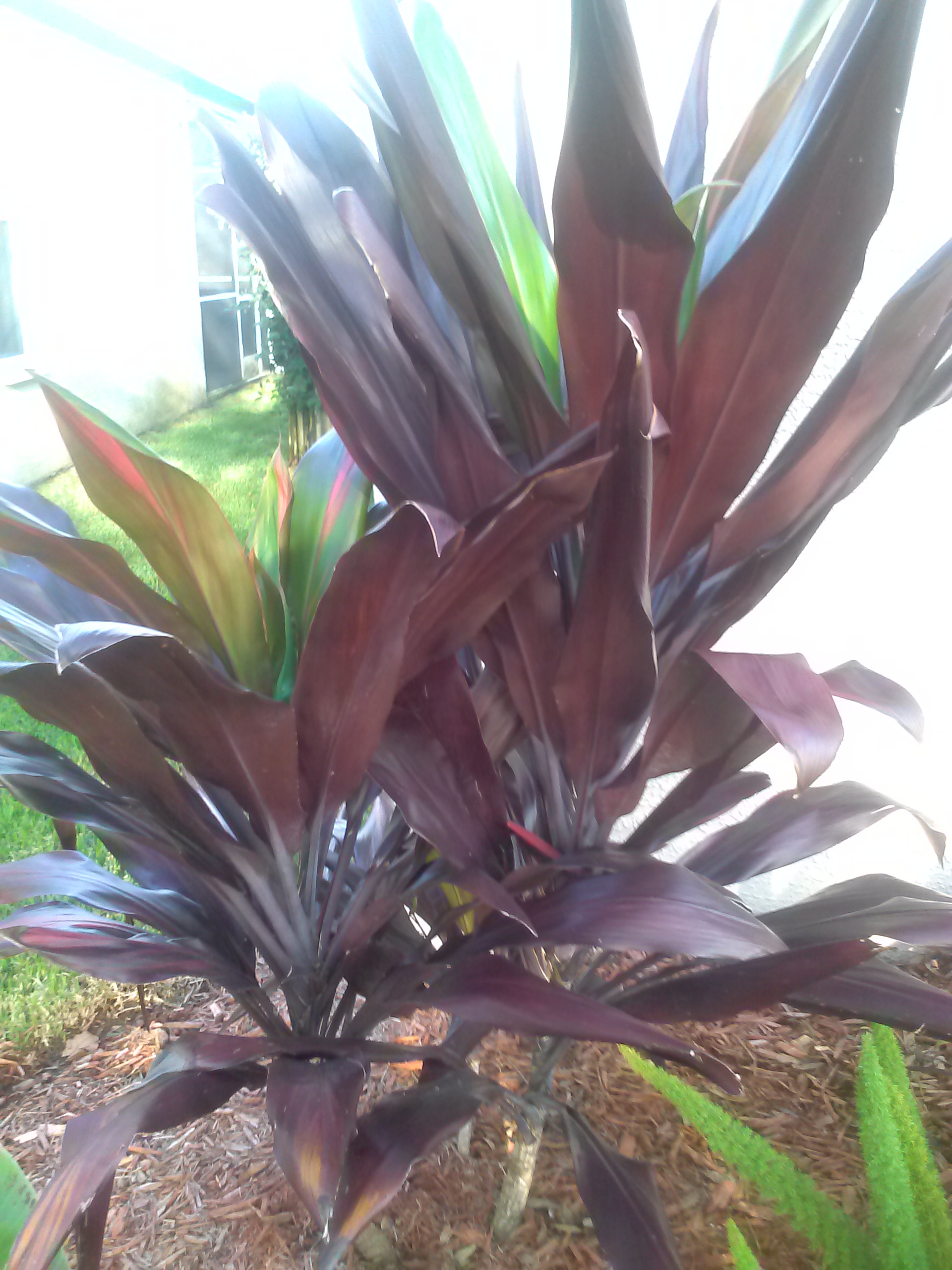
Alexanders ( Smyrnium olusatrum)I mistakenly had this as wild parsnip but a friend recommended it was Alexanders, compared with lots of of the umbellifers this has yellow flowers, I saw this along Regents Canal, April 2017. (black horehound on the still left)February 2019 some Alexanders along the canal in the same area, just starting off, no tall stems emerging still (aucuba behind)close-up of the Alexanders leaves. Alfalfa ( Medicago sativa)Thanks to Michael for determining this (via FB).
I noticed this along the Regent’s Canal close to King’s Cross. close-up of the bouquets. The following three visuals are all Once-a-year Mercury . Last yr I experienced it all over my front yard, as did my neighbour but following I weeded my backyard garden and her yard effectively it failed to bloom and established seed so have a great deal www.plantidentification.biz significantly less this summer. Annual, easy to pull out. Aquilegia. I involve it to help people that may possibly find it increasing from self-seeding.
Often they get invasive and are pulled up as weeds. I like them for the reason that they bloom early right before other plants have began. Once-a-year, can be hard to pull out – rather solid roots. Various colored flowers. Here are some aquilegia in bloom. To the suitable of the aquilegia is a stachys byzantina, or lambs ear which self-seeds like mad so you may well uncover it springing up like a weed in your back garden. aquilegia seedling, they have these rosettes of leaves which unfurl as they develop – really attractive. aquilegia with powdery mildew which they feel susceptible to. Arum lily / lords-and-women / cuckoo-pint ( Ar um maculatum)I observed these in the walled car park round the corner from me on 2-9-2017 so anything is gone but the berries and a pair of lone leaves.

I see plenty of petty spurge amongst them and corydalis lutea to the remaining. I am going to have to go back in the spring and take much more photos. Autumn Hawkbit ( Scorzoneroides autumnalis)this case in point is substantially lesser than some of the yellow composites, these have been only about twelve cm tall, viewed August 19th southeast London. Betony ( Stachy officinalis )I saw this Sept 12th in the “wild backyard garden” at Ham Property, Surrey. This is Early morning Glory .
I include things like it to distinguish it from bindweed which follows. They are extremely equivalent. (to the correct are the Honesty seed pods)Bindweed (see also field bindweed), white flowers similar to early morning glory. Easy to pull out at ground stage but will have to be untangled from the plant(s) it has twisted all around. It can be rather very long as it tangles all around something, even alone.
The bouquets had been five. five to 6 cm lengthy on this a person. closer watch of the leaves. early shoots of bindweed. rn”Black Bindweed ” can refer to tuberous Black Bryony or the yearly Wild Buckwheat , each listed underneath. (many thanks to Jacqui who spelled out they had been 2 different plants)Black Bryony/Black Bindweed ( Dioscorea communis)Thank you to Freda and Les who alerted me to this and provided the pics. They have examine that the berries and tubers are both of those poisonous so beware. a near-up of the coronary heart-formed leaf. a close-up of the flowers. Sept 2018, I have at last noticed black bryony myself, at RSPB Fowlmere in Cambridgeshire.
Company Reviews